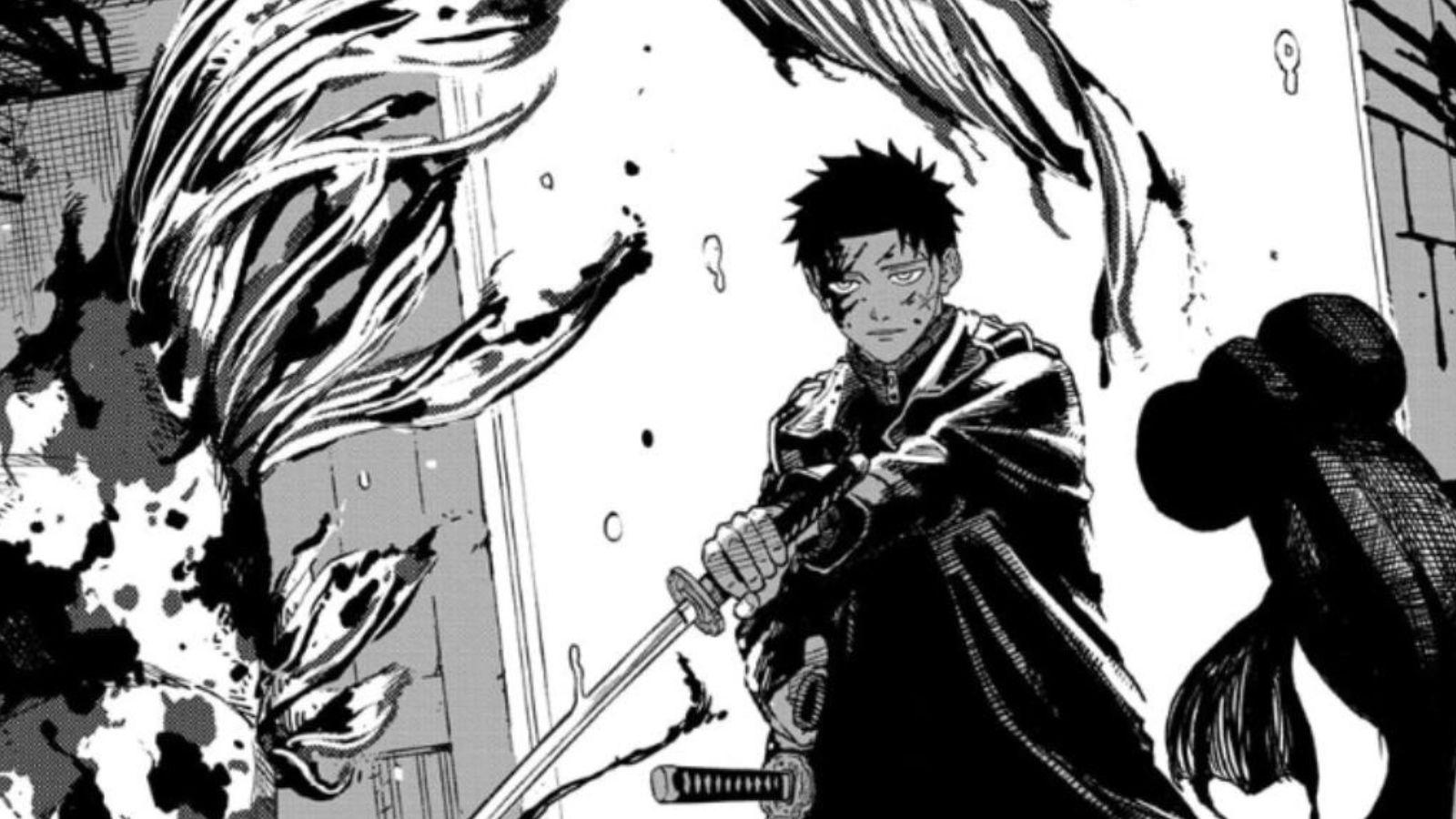Kagura Bachi Chapter 2 embarks on a captivating literary journey, delving into the complexities of character, setting, and literary devices. This chapter unfolds a rich tapestry of storytelling, inviting readers to engage with its intriguing narrative.
The story delves into the enigmatic character of Kagura, her motivations, and the relationships that shape her path. It explores the interplay of characters, their conflicts, and the development that drives the narrative forward.
Story Overview

Chapter 2 of Kagura Bachi continues the story of Shima and her friends as they navigate the supernatural world and their own personal struggles.
Shima, a young shrine maiden, is still coming to terms with her new role and the responsibilities that come with it. Her friends, Kyouji and Kaoru, are there to support her, but they also have their own challenges to face.
Central Conflict
The central conflict of Chapter 2 revolves around a mysterious ayakashi (supernatural creature) that is terrorizing the town. Shima and her friends must work together to defeat the ayakashi and protect the town.
Character Analysis

Kagura Bachi Chapter 2 introduces a captivating cast of characters, each with their unique motivations and complexities. At the heart of the narrative lies Kagura, a young woman driven by a thirst for revenge and a desire to uncover the truth behind her father’s death.
Kagura’s character arc revolves around her relentless pursuit of justice. Fueled by grief and anger, she embarks on a perilous journey to confront those responsible for her father’s demise. Along the way, she must navigate treacherous alliances, uncover hidden secrets, and grapple with the consequences of her actions.
Supporting Characters
Supporting characters play crucial roles in shaping Kagura’s journey. Her loyal companion, Shizuku, provides unwavering support and emotional strength. Meanwhile, the enigmatic Kyouji, a skilled swordsman, offers guidance and protection while harboring his own secrets.
Recurring Themes
The chapter explores several recurring themes related to character development. One prominent theme is the struggle between revenge and justice. Kagura’s pursuit of revenge threatens to consume her, forcing her to confront the ethical boundaries of her actions.
Another recurring theme is the power of resilience. Despite the hardships she faces, Kagura’s determination and inner strength enable her to overcome adversity and stay true to her path.
Setting and Atmosphere: Kagura Bachi Chapter 2
Chapter 2 of Kagura Bachi transports readers to a picturesque countryside adorned with lush greenery and serene temples, setting the stage for a tranquil yet suspenseful narrative. The chapter’s atmosphere is palpable, skillfully crafted through evocative imagery, vivid language, and a captivating narrative that draws readers into the story’s unfolding events.
Tranquil Countryside
- The chapter opens with a vivid depiction of the countryside, where “rice paddies stretched out like a verdant carpet” and “the gentle breeze carried the scent of wildflowers.” This serene setting provides a stark contrast to the unsettling events that unfold later in the chapter.
- The description of the “ancient temple” perched on a hilltop further adds to the sense of tranquility, evoking a sense of spiritual peace and harmony. This juxtaposition between the peaceful surroundings and the impending danger creates a palpable tension.
Suspenseful Narrative
- As the chapter progresses, the atmosphere shifts from tranquility to suspense as the narrative reveals the presence of a sinister threat lurking in the shadows. The use of foreshadowing and subtle hints creates a sense of unease, leaving readers on edge.
- The introduction of the mysterious “red eyes” adds to the chapter’s suspense. The description of these eyes as “piercing” and “malevolent” suggests a supernatural presence that poses a grave danger to the characters.
Literary Devices and Techniques
Chapter 2 of Kagura Bachi employs a range of literary devices and techniques to enhance its narrative impact and convey deeper meanings.
One prominent technique is foreshadowing, which hints at future events without explicitly revealing them. For example, the description of a mysterious woman with “eyes like the night sky” foreshadows her later role as a powerful sorceress.
Symbolism
Symbolism is another important device used in the chapter. The kagura dance itself symbolizes the protagonist’s struggle to balance tradition and modernity. Its graceful movements represent the beauty and resilience of tradition, while its incorporation of modern elements reflects the need for adaptation and change.
Narrative Structure
The chapter’s narrative structure also contributes to its impact. The use of multiple perspectives allows readers to experience the story from different viewpoints, creating a more complex and nuanced understanding of events.
Imagery
Vivid imagery is used throughout the chapter to evoke strong emotions and create a memorable atmosphere. The descriptions of the ancient forest, with its towering trees and dappled sunlight, transport readers into the heart of the story’s setting.
Figurative Language, Kagura bachi chapter 2
The author employs a variety of figurative language devices, such as metaphors and similes, to create vivid imagery and enhance the story’s emotional impact. For example, the description of a character’s “heart pounding like a drum” conveys the intensity of their emotions.
Closure
Kagura Bachi Chapter 2 concludes with a profound exploration of literary devices and techniques. The author’s skillful use of foreshadowing, symbolism, and narrative elements enhances the story’s depth and impact, leaving readers with a lasting impression.
FAQ Summary
What is the main conflict in Kagura Bachi Chapter 2?
The chapter revolves around Kagura’s struggle to balance her personal desires with the expectations of her family and society.
How does the setting contribute to the atmosphere of Chapter 2?
The secluded temple setting creates a sense of mystery and isolation, intensifying the emotional conflicts within the characters.
What literary device is used to foreshadow Kagura’s transformation?
The recurring motif of the red flower symbolizes Kagura’s inner turmoil and her eventual metamorphosis.
